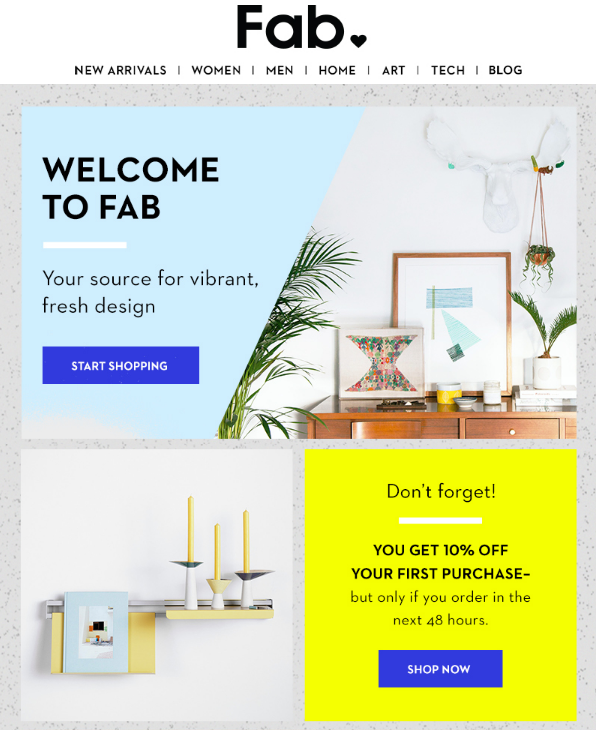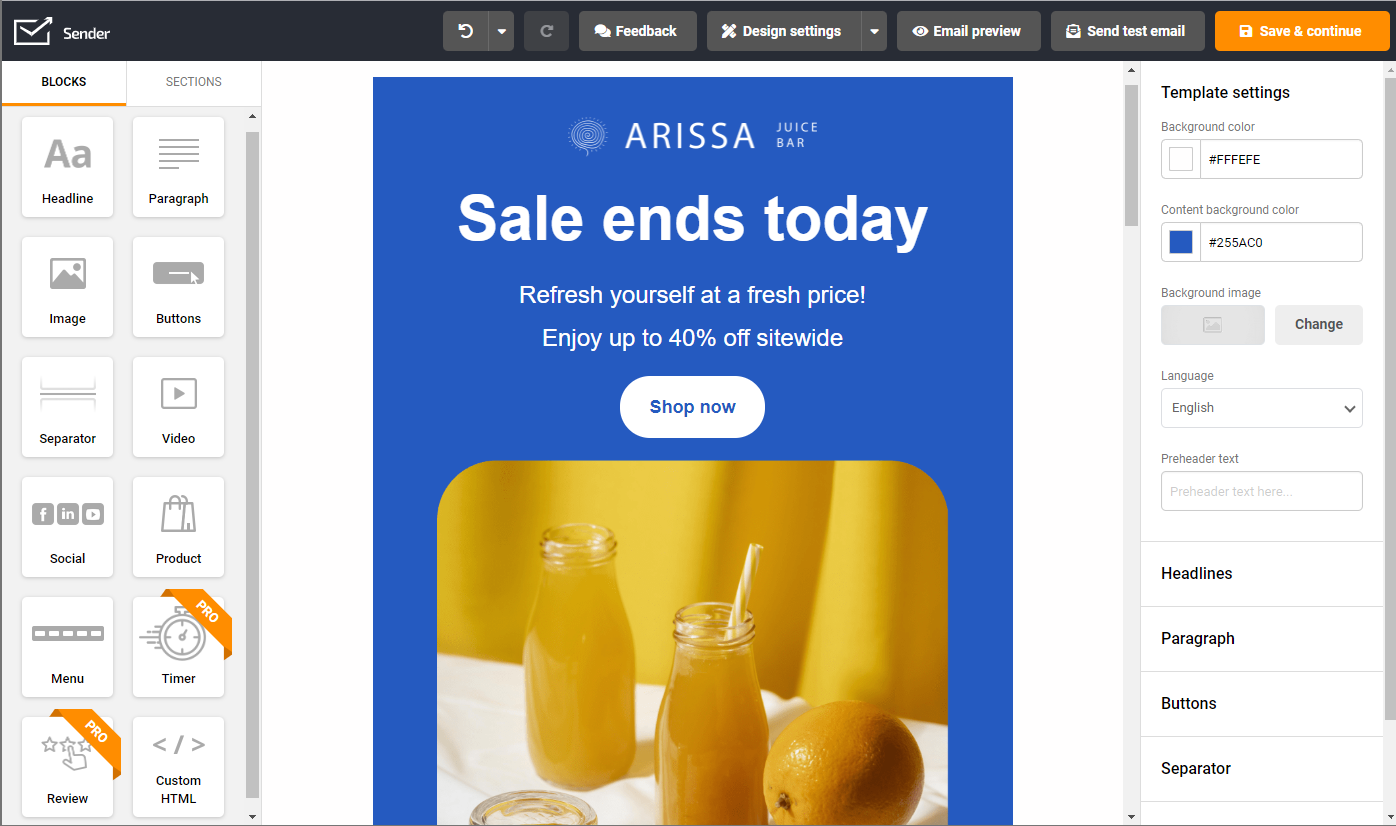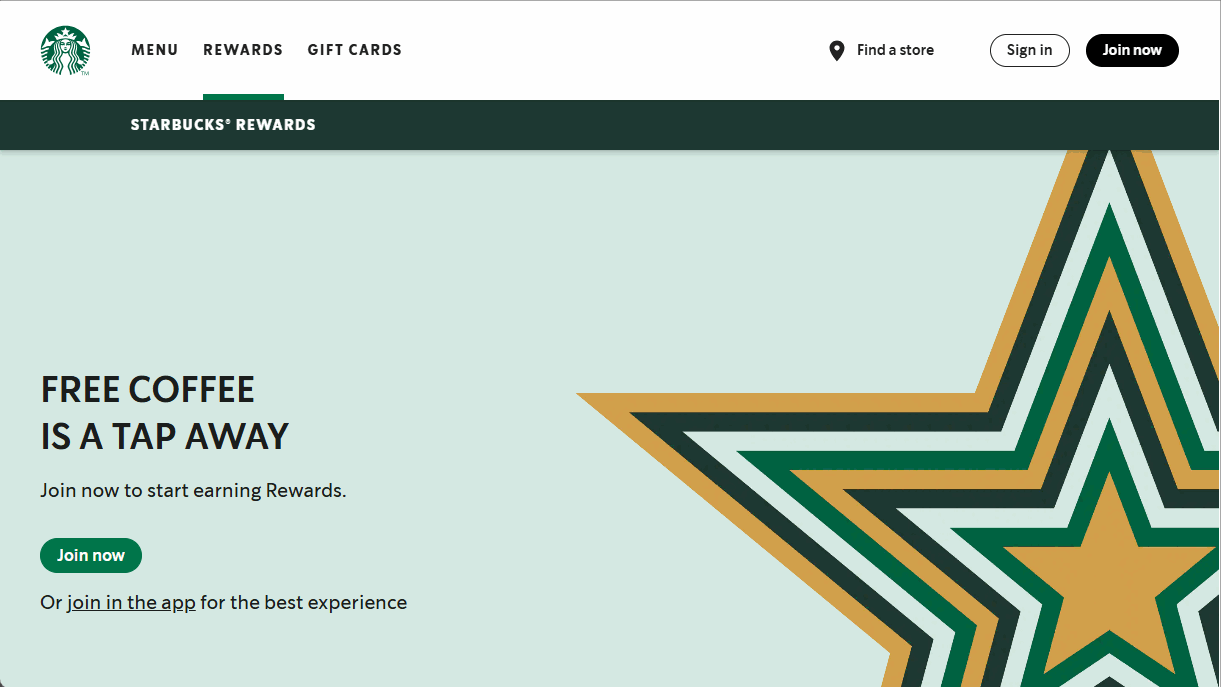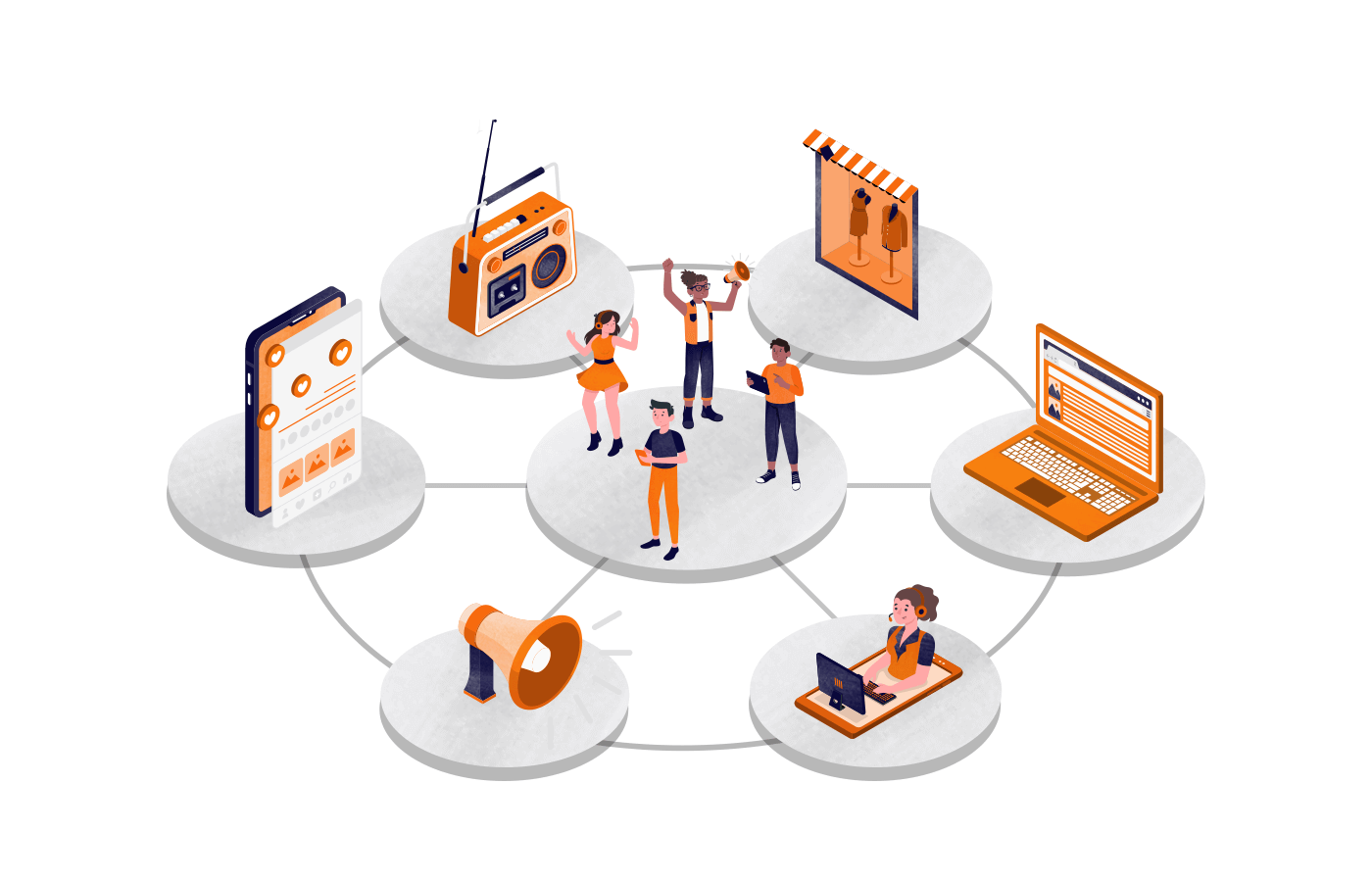In 2024, the consumer has more power than ever. Customer’s continue to demand personalized brand journeys that include multiple touchpoints before they convert on-site.
A cross-channel approach to your marketing efforts allows you to take every touchpoint into account and build a relationship with your leads during every step of the buyer journey.
In fact, compared to single-channel marketing campaigns, cross-channel marketing generates 5x more return on investment, making this strategy a no-brainer to add to your brand marketing toolbox.
With this in mind, let’s explore the ins and outs of cross-channel marketing, sharing its pros, cons, and examples.
What is Cross Channel Marketing?
Defining cross-channel marketing is challenging. As a term often confused with ‘multi-channel marketing’ and ‘omnichannel marketing,’ it’s easy to confuse these tactics when optimizing brand touchpoints.
Cross-channel marketing involves employing several different channels to reach customers at multiple checkpoints in the buyer journey.
This strategy involves leveraging multiple channels at once to connect with potential leads, such as email, social platforms, targeted ads, and physical promotion.
However, cross-channel marketing is also the process of connecting these channels in some way. This allows for a more seamless transition from one to another when interacting with your brand.
How Does Cross-Channel Advertising Work?
Today, we’re teaching you how to optimize your consumer journey using the cross-channel marketing approach.
Each connecting channel collects customer information such as engagement, open rates, signups and conveys it to another channel. This fuses each channel together to create one singular customer journey from touchpoint one to checkout.
While this is mainly done between online channels such as a website, email inbox, and a social platform, some brands also sync in their offline channels, such as radio, print, billboard ads, and more.
Take this example from Fab Design:

Here, we see Fab targeting an email channel but including direct CTA links to their website, which say ‘shop now’ and ‘start shopping’. This encourages a seamless jump from the inbox to the checkout page in one single consumer journey.
For those new to cross-channel marketing, here are some of the benefits you can expect to see when implementing the strategy to your own lead generation efforts:
- More customer engagement: 62% of online customers engage with more than ten different channels before making a purchase. More touchpoints raise your chances of capturing lead engagement.
- A better view of the buyer journey: If you’re operating multiple channels for customers to interact with, you quickly get a holistic view of what an average buyer journey looks like for your brand.
- A stronger brand footprint: Leveraging multiple channels increases your visibility online and creates a stronger brand footprint.
- More conversions: If you provide your customers with more touchpoints to interact with, you create more opportunities to increase conversions.
7 Tips for Effective Cross-Channel Marketing Campaign
There are plenty of strategies to leverage when optimizing your marketing channels in a cross-channel marketing campaign.
From creating buyer personas to choosing the right marketing tools to send your campaign live, here are seven tips to take on board when building your own cross-channel campaign.
Use Data for Decision-Making
Firstly, it’s important to get to know your consumers, especially if you want to create content that drives engagement.
The key to mastering your marketing strategy is to use data to discover the types of platforms and experiences your target customers love.
Leveraging data from past customer interactions, website purchases, and competitor campaign trends allows you to make more informed decisions regarding the direction of your cross-channel strategy.
Using data in your arsenal, you create content that is useful and relevant and maintain consistency across all cross-channel platforms. Data can highlight exactly when your customer loses interest in a channel or when engaging with a certain campaign.
Use these insights to make tweaks to your strategy for ultimate success.
Develop Customer Personas
Once you’ve collected large amounts of data based on customer behavior trends and channel engagement, the next step is to create a customer persona.
This is a representation of your ‘ideal customer,’ which can be crafted from market research and any other information about your demographic, such as behavior, location, interests, etc.
A customer persona is unique to your brand. Depending on your reach as a business, you may even have multiple customer personas to target. The key here is to create campaigns with these personas in mind.
A customer persona can influence how much time you spend on different channels, too. For example, if your ideal ‘customer’ spends little to no time on Twitter, then reduce your efforts on that specific channel and pour focus into their most engaged platform, such as TikTok.
Define Job Roles and Leadership
If you’re a larger business navigating a cross-channel marketing campaign, it’s also important to define job roles and leadership from an early stage.
If multiple team members are working on one channel, it’s likely that other opportunities for engagement and conversion are being neglected.
Instead, leaders should delegate specific channels to different team members, as well as research-based positions.
Dedicated metric researchers help your brand stay ahead of trend curves and dips. Gathering data on a daily/weekly basis is crucial, as this can then be fed back to team members working on the specific channel that is affected, and the campaign can be adapted accordingly.
Choose The Right Marketing Tools
There are plenty of marketing tools to leverage in a cross-channel marketing campaign.
We suggest introducing a social media management tool to manage and schedule cross-channel content as well as an analytics platform that can track your channel engagement and simplify your data reporting.
Sender is the perfect tool to leverage your email and SMS channels of communication. With the ability to automate messages across multiple touchpoints, you can seamlessly integrate your SMS and email welcome messages, retargeting campaigns, and more.
Enjoy maximum impact with minimal effort using Sender’s free drag-and-drop email builder.

Improve Key Metrics
In order to see success from your cross-channel campaign, ensure that you’re working to improve key metrics with your cross-channel content:
These include:
- Channel attribution: Which channels are driving the most value for your business? Where do you dedicate the most effort?
- Customer lifetime value: Are your CLV profits rising or falling? How loyal are your cross-channel consumers?
- Conversion rate: How many visitors complete a desired action on each channel? Which ones are slipping behind?
- Engagement rate: Are your consumers interacting with your cross-channel content? How can we increase engagement on smaller channels?
- Return on investment: Are your returns rising? Is the channel receiving your largest spending driving the most revenue?
These metrics should be used to create your campaign KPIs and OKRs.
Combining your KPIs and OKRs allows you to have a balanced view of your cross-channel performance. Reviewing these metrics frequently is the best way to monitor the success of your cross-channel campaign and adapt your strategy accordingly.
Adopt a Unified Measurement Approach
When it comes to measuring the success of the metrics we listed above, businesses should adopt a unified measurement approach.
The key here is to implement tracking methods that can monitor and measure the performance of each individual channel.
This makes it easier to spot engagement patterns and compare singular-channel success.
Using tools such as Hootsuite and Supermetrics, you can map customer engagement trends, track historical campaign results, and focus on specific metrics such as conversions, clicks, and customer lifetime value.
Implement Smart Content
Another way to elevate your cross-channel campaign is by leveraging the benefits of smart content.
If a customer interacts with a piece of smart content and completes a certain action, the content changes based on the viewer’s interests and behavior.

Smart content can be applied to emails, social ads, or your website and can range from reaction-based calls-to-action (CTAs) to entire page changes.
The key advantage here is that each touchpoint in the customer journey is personalized based on individual interactions and behaviors.
Smart content naturally segments your targets and could encourage different personas to interact with alternative channels that best suit their needs. This ensures that the customer is satisfied with their buyer journey and that your channels are engaged effectively by the right types of leads.
Cross-Channel Marketing Examples
Now that you know how to optimize your cross-channel marketing campaign, let’s see some of the best brand examples in action.
Shopify
First up, we have Shopify. To connect their physical and digital channels, the online store builder targets customers using a billboard ad that encourages passersby to jump on their smartphones and connect with an online touchpoint.
The same campaign, ‘Let’s Make You A Business,’ could then also be found on Shopify’s website touchpoint and across social media platforms.

There are lots of elements at play here. While we associate most cross-channel marketing campaigns with multiple digital platforms, introducing a physical channel too could give your brand an edge over its competitors.

On Shopify’s Instagram, you can spot more visuals delivering the same message in a similar design aesthetic
While the billboard version of the campaign had you following arrows to the website touchpoint, the social media version allowed users to engage with a short video that prompted a website CTA at the end and encouraged the viewer to engage with Shopify’s services.
Starbucks
Offering customers a mobile experience like no other, Starbucks connects its app, website, and store to one big rewards program.
Taking cross-channel to the next level, Starbucks regularly releases product-led campaigns that are promoted online, in-store, and on social media.
For example, take a look at their Star Days Rewards email, which tells customers how they can use each Starbucks channel to earn rewards points towards their next beverage.

Better still, by adding an app channel to the mix, they allow customers to benefit from interacting with different touchpoints, such as signing up for email newsletters and buying a product in-store.
Customers can earn point-based rewards that appear on their Starbucks app, as well as online rewards that can be applied to their in-store purchases.

While this crosses over into omnichannel marketing territory, Starbucks is one of the most successful cross-channel brands. With the ability to unify each of their touchpoints for one conversion goal, they engage their customer from every angle, whether via email, on Instagram, or in-store.
Heineken
Heineken’s ‘The Best Driver’ campaign from 2024 is yet another great example of cross-channel marketing at it’s best.
Focussing on a short ad video starring World F1 Champion Max Verstappen, Heineken shared content on the brand’s website, YouTube channel, and other social media accounts like Instagram, Twitter, and Facebook, to promote their new 0.0% beer.
This campaign aimed to move away from typical product marketing and shift towards creating a narrative around the benefits of drink-free driving.
The clips and videos shared across different platforms allowed users to access the campaign from any channel and engage with multiple conversion touchpoints before buying the product.
Collaborating with Formula 1, Heineken leveraged even more channels to promote their 0.0% beer, including physical banner ads on the racing track.
Take Advantage of Cross-Channel Marketing
Cross-channel marketing has the ability to send your campaign in a whole new direction.
From this article, we have learned that leveraging numerous touchpoints in the buyer journey drives engagement and increases conversion potential.
Want to make cross-channel marketing easier by taking off the burden from emails? Try out Sender’s platform. Our solution will help you automate campaigns and make email and SMS campaigns an irreplaceable part of your cross-channel marketing strategy.
If you want to compare cross-channel marketing with omnichannel marketing, check this out: What is Omnichannel Marketing? Definition, Tips & Examples

